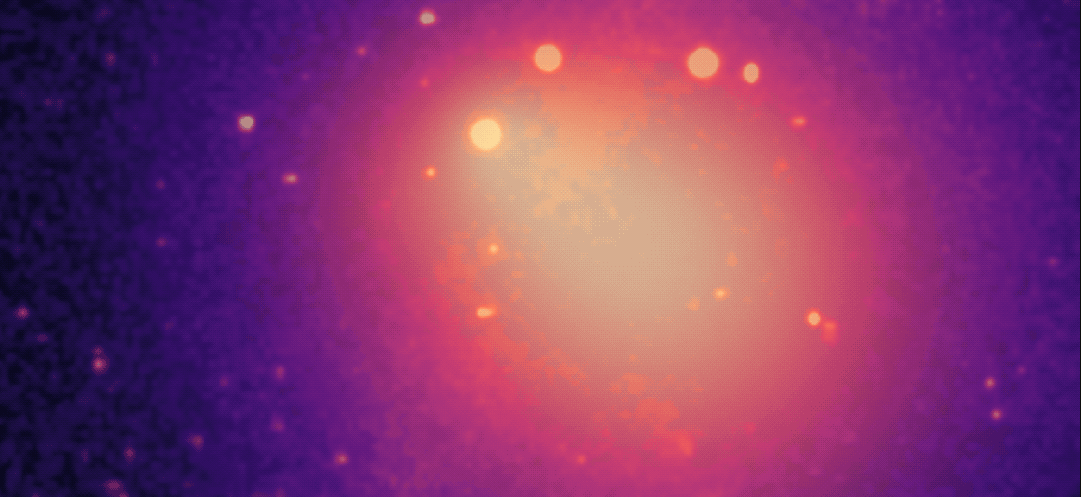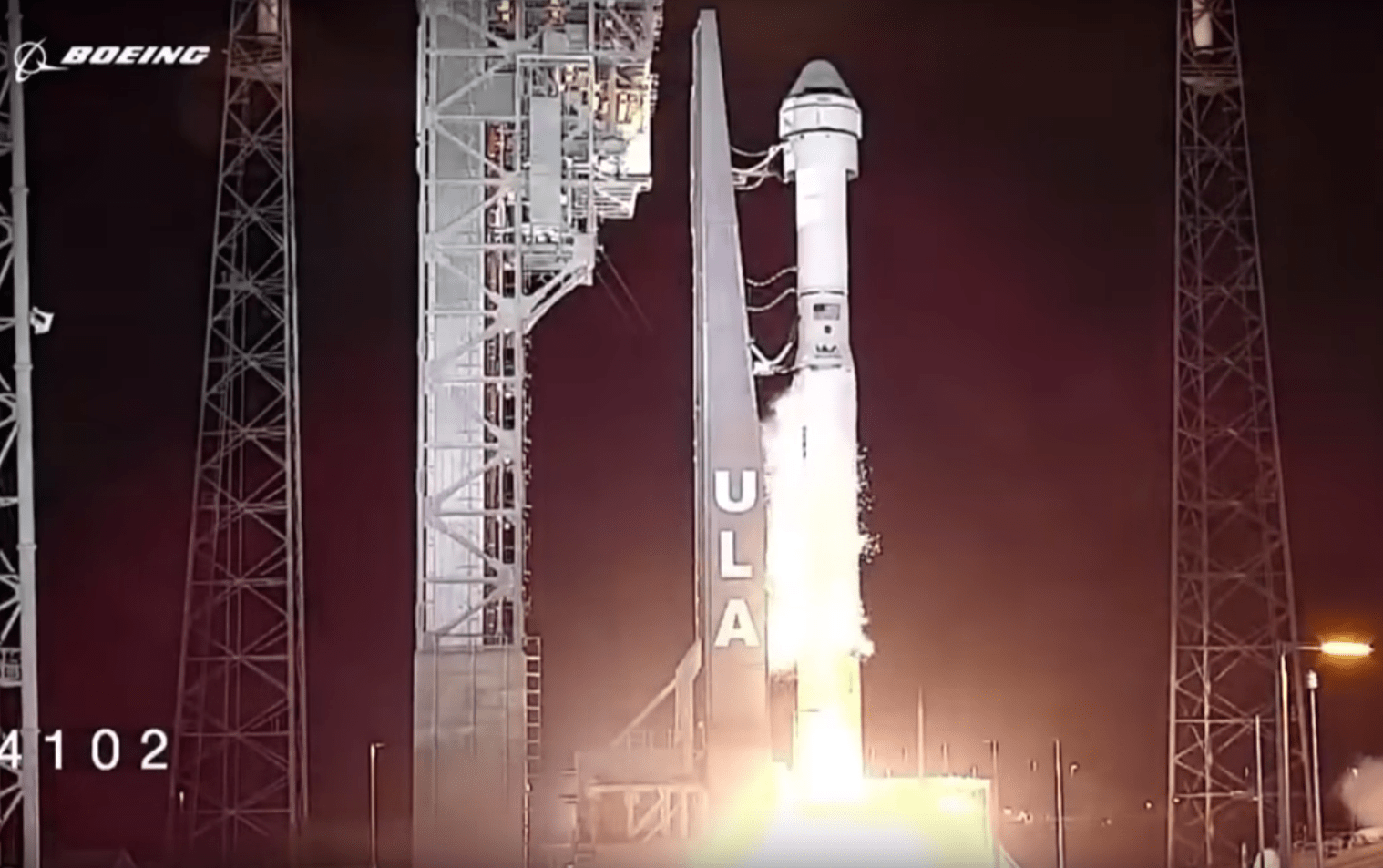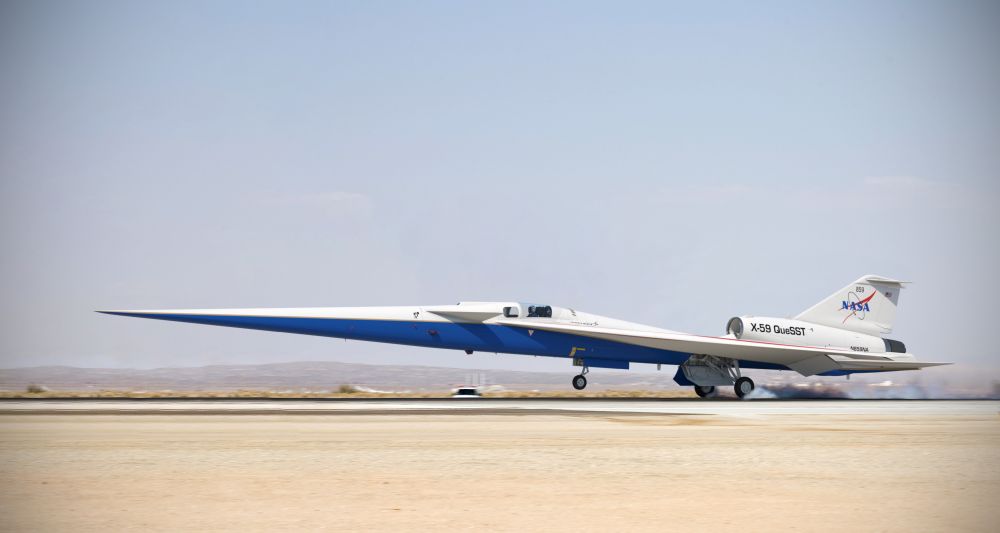Astronomers have been watching a nearby pulsar with a strange halo around it. That pulsar might answer a question that’s puzzled astronomers for some time. The pulsar is named Geminga, and it’s one of the nearest pulsars to Earth, about 800 light years away in the constellation Gemini. Not only is it close to Earth, but Geminga is also very bright in gamma rays.
Continue reading “Halo Around a Pulsar could Explain Why We See Antimatter Coming from Space”Starliner Launches But it Can’t Reach the Station
Boeing’s Starliner crew capsule launched successfully, but a mishap prevented it from docking with the ISS. The ship is undamaged and will return and land at its designated location, according to officials. This could delay the planned crewed flight of the Starliner next summer.
Continue reading “Starliner Launches But it Can’t Reach the Station”Mars 2020 Takes a Test Drive
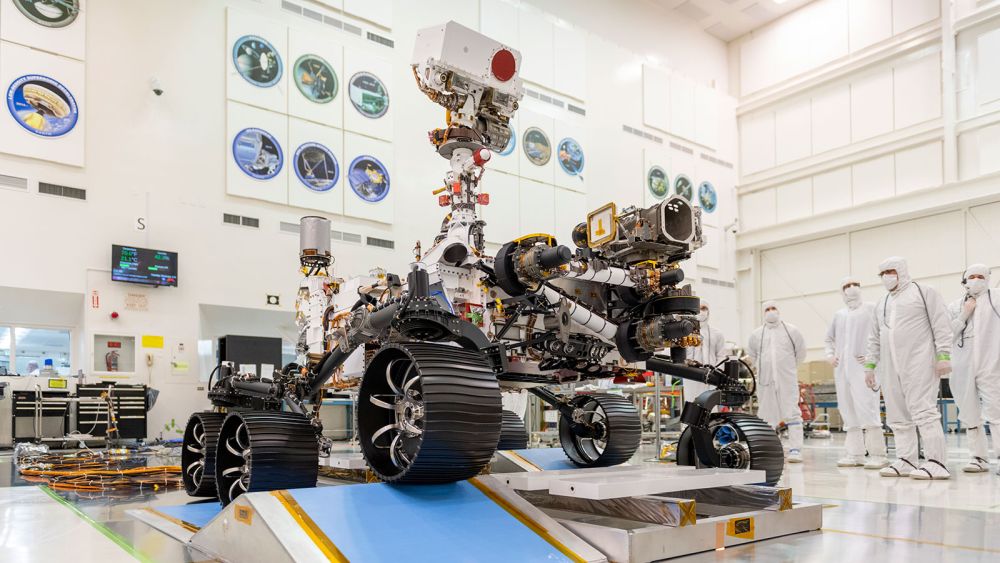
NASA’s Mars 2020 rover has passed its driving test. The test was mostly a forward and backward maneuver, with a six-wheeled pirouette thrown in. It’s autonomous navigation system was also part of the test. Like a toddler’s first tentative steps, this is an important milestone.
Continue reading “Mars 2020 Takes a Test Drive”ESA’s CHEOPS Just Launched. We’re About to Learn a LOT More About Exoplanets
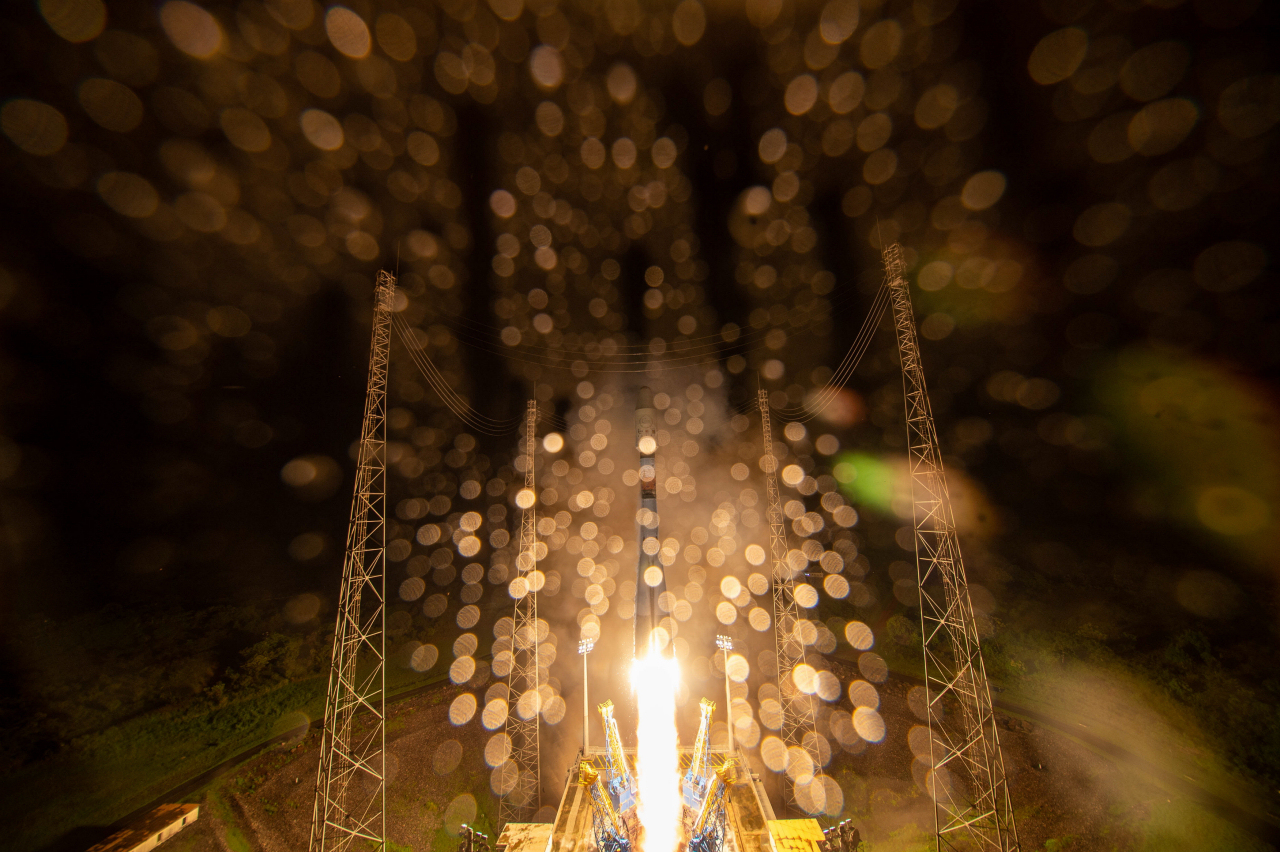
The CHEOPS mission is underway. On December 18th, the exoplanet-studying spacecraft launched from Europe’s Spaceport in Kourou, French Guiana aboard a Soyuz-Fregat rocket. Initial signals from CHEOPS show that the launch was a success.
Continue reading “ESA’s CHEOPS Just Launched. We’re About to Learn a LOT More About Exoplanets”Without a Magnetosphere, Planets Orbiting Flare Stars Don’t Stand a Chance
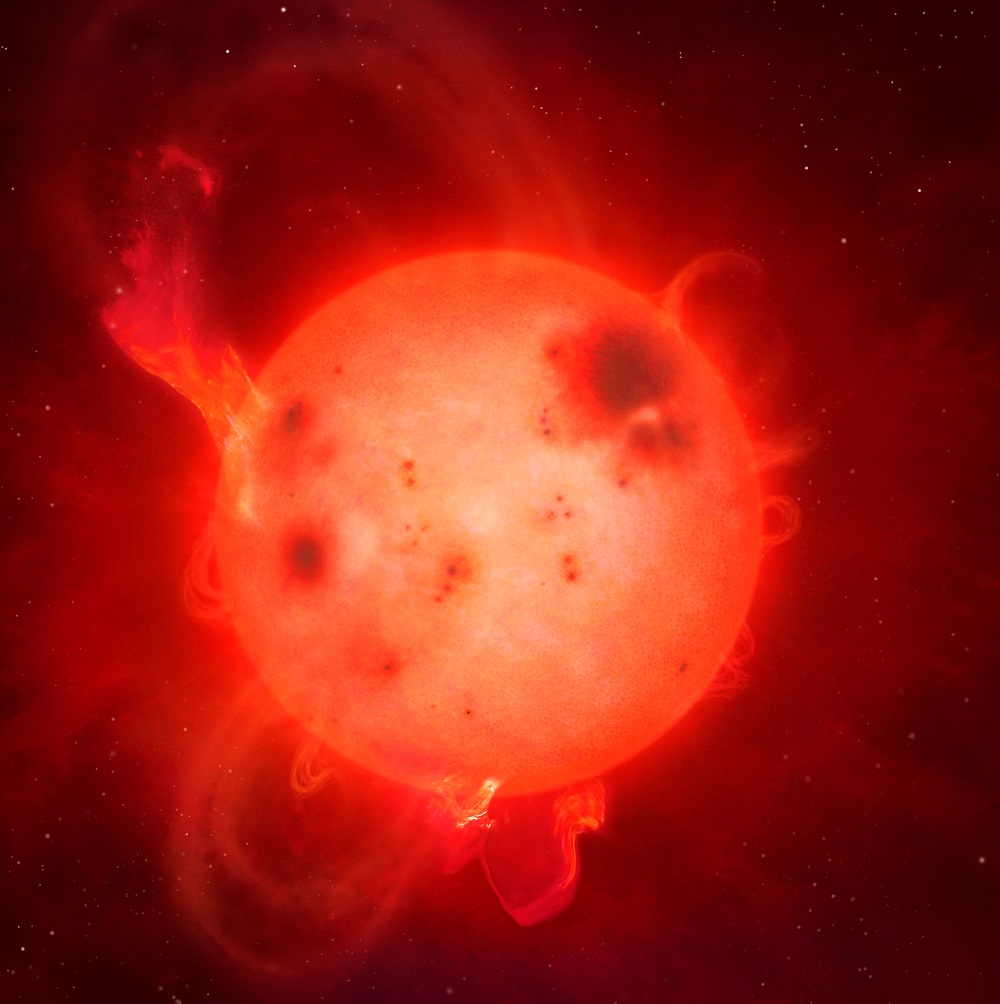
Earthlings are fortunate. Our planet has a robust magnetic shield. Without out magnetosphere, the Sun’s radiation would’ve probably ended life on Earth before it even got going. And our Sun is rather tame, in stellar terms.
What’s it like for exoplanets orbiting more active stars?
Continue reading “Without a Magnetosphere, Planets Orbiting Flare Stars Don’t Stand a Chance”Cool Photo of Canadarm2 With its Dextre Hand. Oh and the Earth. That’s Nice Too.

Check out this image of the Canadian Space Agency’s (CSA) Canadarm2 on the International Space Station. The CSA’s Dextre is attached to one end of the arm. The Canadarm2 played a vital role in assembling the ISS, while Dextre helps maintain the ISS, freeing astronauts from routine yet dangerous spacewalks, and allowing them to focus on science.
Continue reading “Cool Photo of Canadarm2 With its Dextre Hand. Oh and the Earth. That’s Nice Too.”NASA Will Be Building a Quiet, Supersonic Aircraft: the X-59
NASA’s X-Plane Program has been around for 70 years. Over the course of those decades, the agency has developed a series of airplanes and rockets to test out various technologies and design advances. Now NASA has cleared the newest one, the X-59, for final assembly.
Continue reading “NASA Will Be Building a Quiet, Supersonic Aircraft: the X-59”Science Fiction Might Be Right After All. There Might Be Breathable Atmospheres Across the Universe
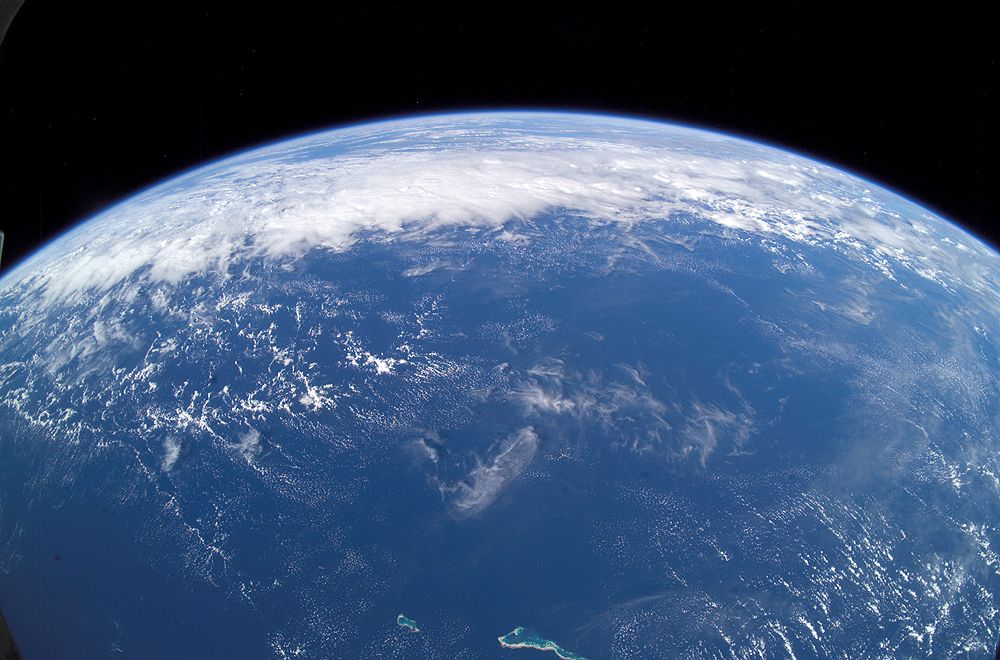
The last few years has seen an explosion of exoplanet discoveries. Some of those worlds are in what we deem the “habitable zone,” at least in preliminary observations. But how many of them will have life-supporting, oxygen-rich atmospheres in the same vein as Earth’s?
A new study suggests that breathable atmospheres might not be as rare as we thought on planets as old as Earth.
Continue reading “Science Fiction Might Be Right After All. There Might Be Breathable Atmospheres Across the Universe”Mars Has Auroras Too, We Just Can’t See Them
Our eyes can’t see them, but Martian auroras are there, and more commonplace than we once thought. The Martian auroras were first discovered in 2016 by NASA’s MAVEN spacecraft. Now some new results are expanding our knowledge of these unusual auroras.
Continue reading “Mars Has Auroras Too, We Just Can’t See Them”Planetary Mass Objects Discovered in Other Galaxies
A team of researchers at the University of Oklahoma have discovered “planetary mass bodies” outside of the Milky Way. They were discovered in one gravitationally-lensed galaxy, and in one gravitationally-lensed galaxy cluster using a technique called quasar micro-lensing. According to the researchers, the planetary mass objects are either planets or primordial black holes.
Continue reading “Planetary Mass Objects Discovered in Other Galaxies”
